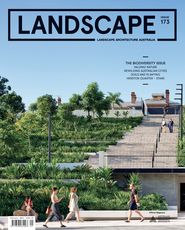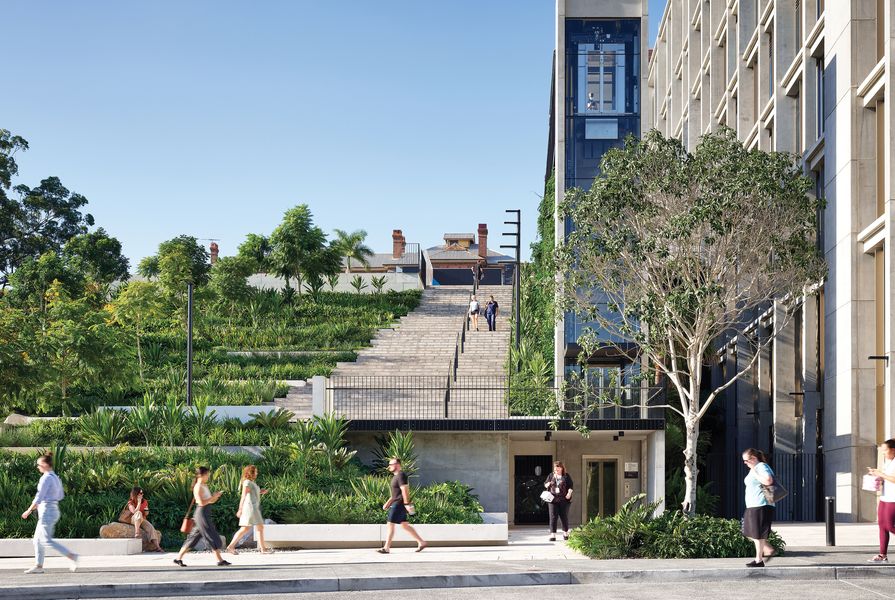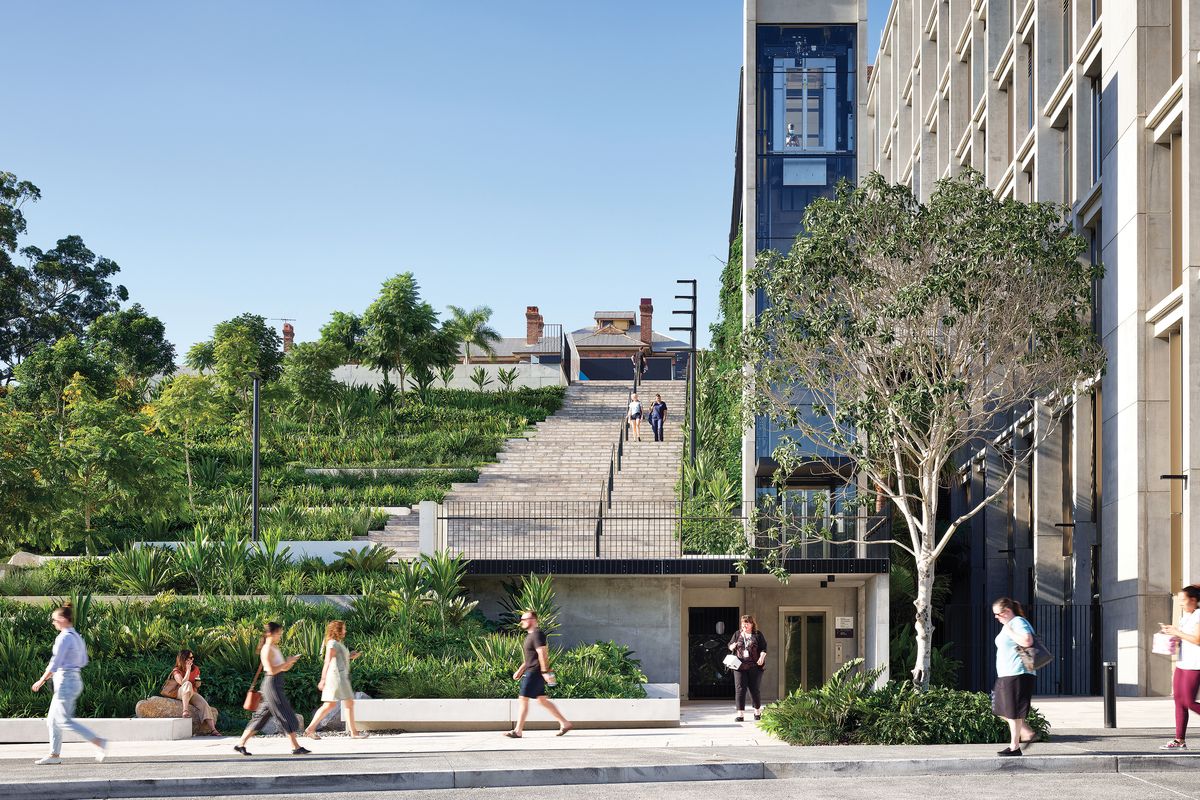With one million of the world’s species under threat of extinction, the earth is now on course for a sixth mass extinction. That’s why in 2019 the Australian Institute of Landscape Architects (AILA) and the International Federation of Landscape Architects (IFLA) declared a Climate and Biodiversity Loss Emergency. Below are some global and national efforts to conserve and enhance the species that underpin our ecosystems, and some tips on how we can contribute as landscape architects.
The IUCN Post-2020 Global Biodiversity Framework
As the United Nations Decade on Biodiversity (2011–2020) reached an end, the International Union for Conservation of Nature (IUCN) developed a Post-2020 Global Biodiversity Framework, setting goals and targets to address the loss of nature and the linked challenges of climate change and land degradation.
The IEC+N project
The global Indigenous Ecosystem Corridors and Nodes (IEC+N) project to “re-nature” and re-create ecosystems seeks to ensure resilience in our landscapes. Spearheaded by the International Union of Architects (UIA) and the IFLA, the project focuses on restoring biodiversity within nodes (habitat patches that support biodiversity richness, such as schools, hospitals and parks) and corridors (such as green links and waterways connecting the nodes).
The AILA Biodiversity Positive Position Statement
AILA has formed a Biodiversity Positive Design Working Group to support AILA and our members in the development and implementation of biodiversity-positive design through landscape architecture. One of the first tasks of the working group is to finalize the AILA Biodiversity Positive Position Statement, drafted by the Advocacy Committee, which sets out a list of clear objectives.
Landscape architects are well-versed to deliver biodiversity-positive solutions.
Here are seven tips:1
1. Protect, restore, mimic
This is the first and most important rule. Understand local ecology and protect it. If it is already degraded, understand its past and investigate restoration opportunities. Drawing inspiration from the past can guide proposed plant species and any systems that need renovation (for example, the daylighting of urban rivers).
2. Use endemic (preferably) or native species to enhance biodiversity
Increase flora and fauna biodiversity by using native, endemic and climate-resilient species (while avoiding invasive species) to support urban ecology.
3. Create layers
Although lawns are popular, they can limit a site’s wildlife habitat. More naturalistic planting, such as meadows, and a combination of tree and understorey planting, can support broader ecosystems. A meta-analysis study from Germany has demonstrated that biotic factors, like vegetation structure, significantly support wildlife.2
4. Diversify
Sofie Pelsmakers’s book The Environmental Design Pocketbook suggests that to avoid disease and pests, and to support biodiversity, you should select plants according to the following guidelines: a maximum of 30 percent from the same family, 10 percent from the same genus and 20 percent from the same species. Tips for diversifying ecosystems when designing larger areas can be found in Tan Puay Yok’s book Nature, Place and People: Forging Connections Through Neighbourhood Landscape Design.
5. Provide food, shelter and nesting places
Provide food, shelter and nesting places to support existing habitats of native fauna.
Different species require different methods – for example, a green roof at a high elevation may attract butterflies but not bees; falcons and eagles need nesting opportunities higher than 20 metres and with a good view for prey.
6. Minimize light and noise pollution
Light and noise pollution can cause animals psychological stress. Avoid light near resting spots (like ponds, tall trees and hedges) and avoid white and blue wavelengths.
7. Provide habitat corridors
Green links are important to enable animals to reach habitat, food and mates. Without connectivity, we risk fragmentation and “ecological sinks” where animals are left without enough genetic diversity to sustain subsequent generations. Roads and major rail lines create impassable barriers – consider providing ecological bridges to connect flora and fauna.
Ecosystems support all life on earth. The United Nations has declared 2021–2030 the Decade on Ecosystem Restoration. Only with healthy ecosystems can we enhance livelihoods, mitigate and adapt to climate change, and prevent further biodiversity collapse.
1. Jolma Architects, “10 ways to increase biodiversity in any design,” Land8, 24 February 2021, land8.com/10-ways-to-increase-biodiversity-in-any-design (accessed 1 December 2021); Chanel Koeleman, “Seven ways to bring nature into new urban spaces,” RMIT University, 3 June 2021, rmit.edu.au/news/all-news/2021/jun/seven-ways-to-bring-nature-into-urban-spaces (accessed 1 December 2021).
2. Josch Beninde, Michael Veith and Axel Hochkirch, “Biodiversity in cities needs space: a meta-analysis of factors determining intra-urban biodiversity variation,” Ecology Letters 18, 2015, 581–92.
Source

Archive
Published online: 23 Jan 2022
Words:
Jasmine Ong
Images:
Scott Burrows
Issue
Landscape Architecture Australia, February 2022












